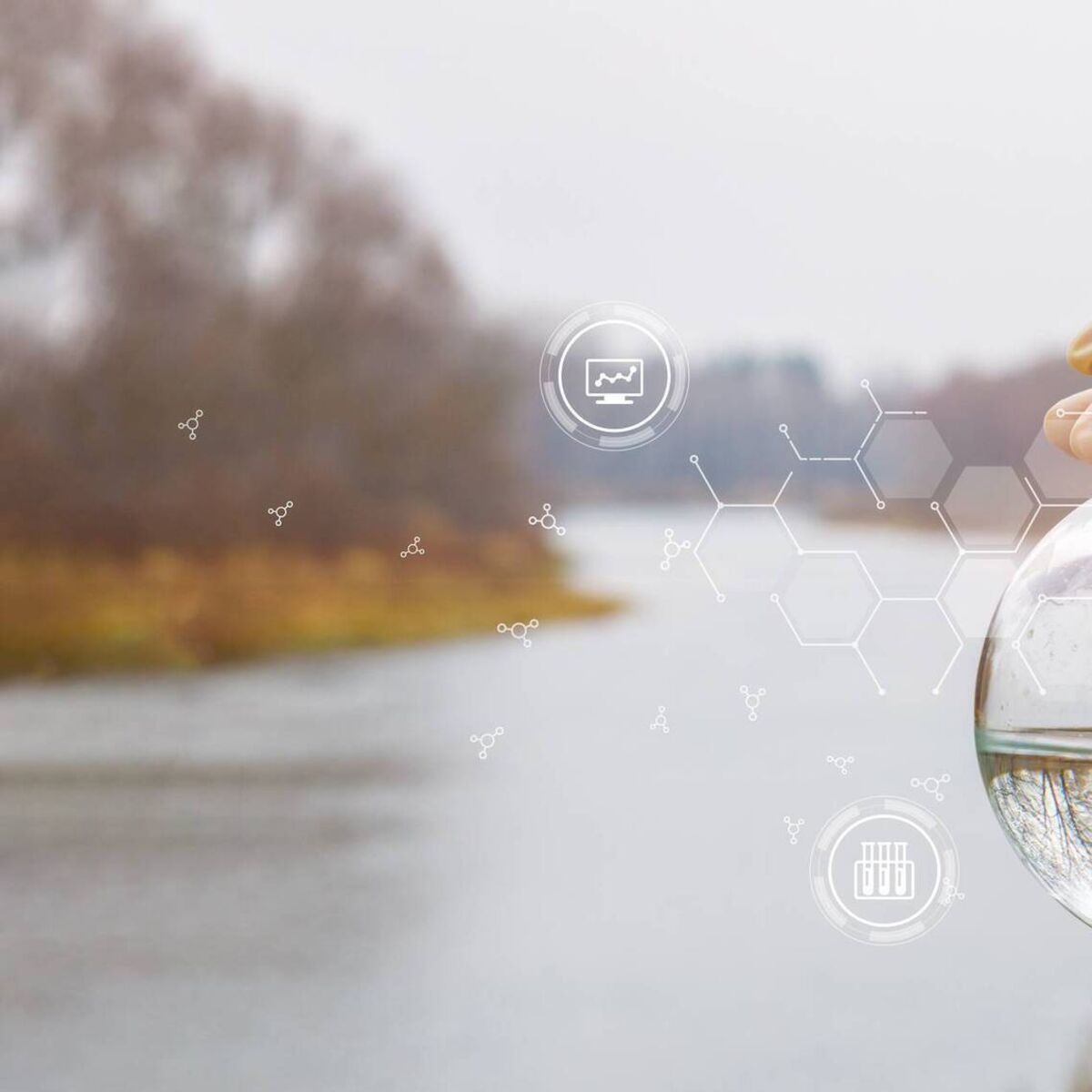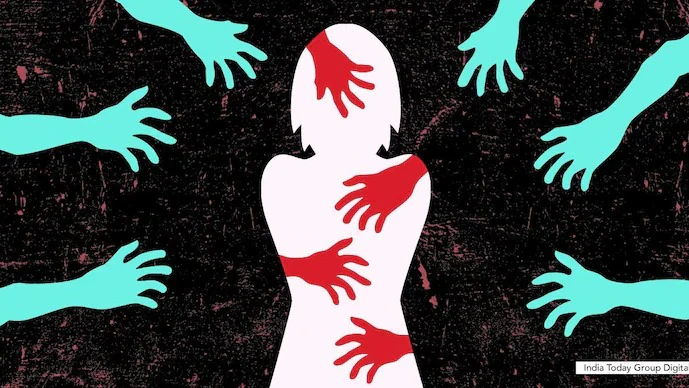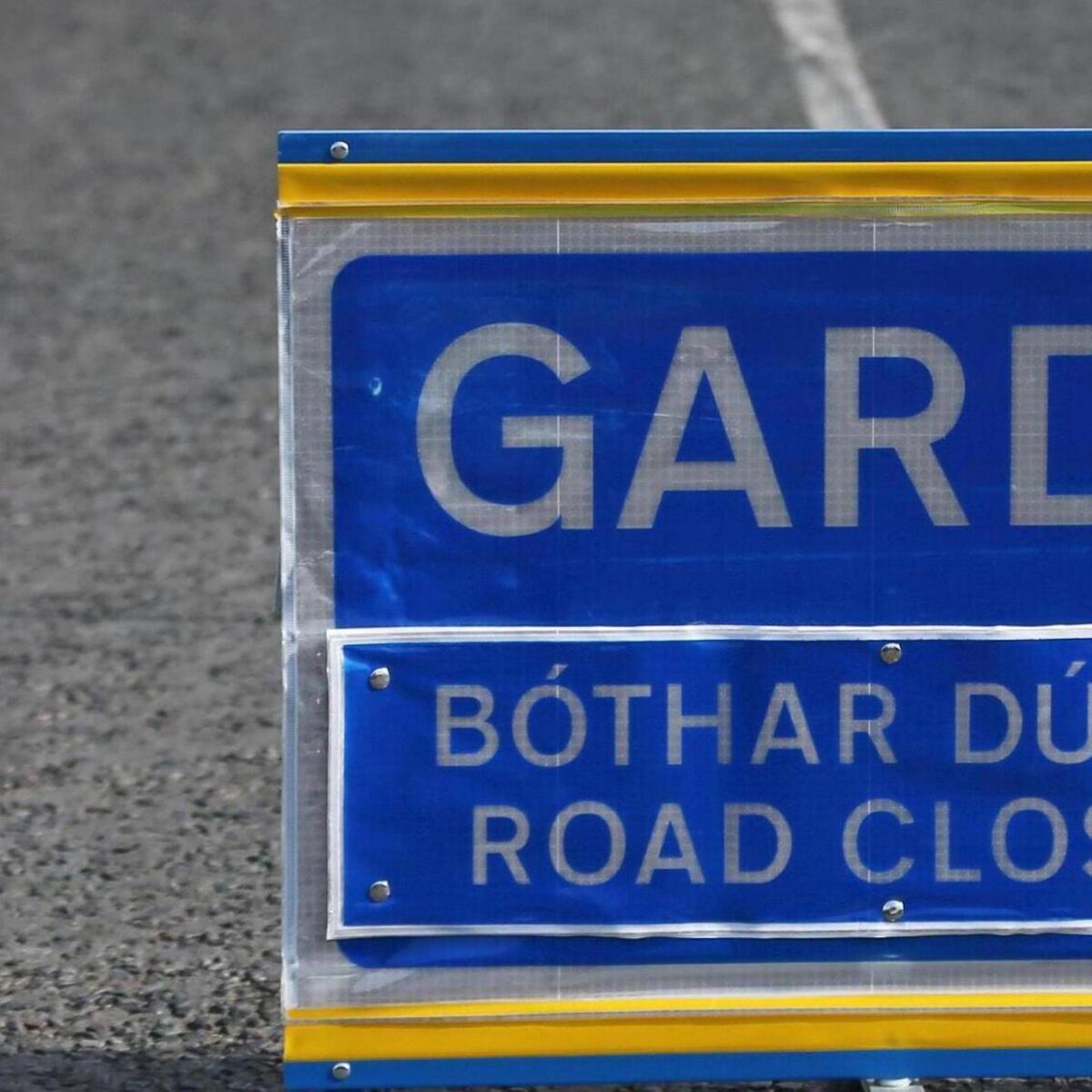By Anja Murray,Irishexaminer.com
Copyright irishexaminer

Salmon and trout are the stars of these rivers, venerated for their agility and impressive migration. Each of us has reasons to value these fish, from folklore to angling to the kitchen. Wild salmon are now critically endangered in Ireland, having suffered from decades of pollution in their habitats, including the physical reshaping of their spawning beds; excess nutrients depriving these same spawning beds of the well oxygenated water required for successful reproduction; and habitat destruction that has led to a collapse in the populations of freshwater invertebrates that they depend on. European eel are also critically endangered and wild trout are also suffering from lack of healthy habitats.
The pressures that have led to their demise are many. Oxygen depletion in their spawning beds results from too much silt entering, perhaps eroded from a forestry clearfelling by the headwaters of a stream, or from a quarry, a construction site, or the ploughing of a riverside field before a few rainy days. When these soil particles are loaded with fertilisers, perhaps residual nutrients from plantation forests, or from well fertilised agricultural soils, the damage to fisheries is even more severe. Similarly, large amounts of slurry and other nitrogen and phosphate rich fertilisers are causing highly problematic nutrient enrichment in many catchments. Straightening and dredging river channels, as with the national arterial drainage schemes, eliminates the nooks and crannies where aquatic animals live, reducing the quality of the habitat overall.
These pressures are chronic and ongoing, and while they drive fish populations down over time, they do not cause sudden fish kill events. But they do reduce the resilience of an ecosystem to severe pollution events. Since the 1970s, thousands of fish kills have occurred in Irish rivers and lakes. Most are the result of slurry spills, effluent overload, discharges from food processing plants, or the release of dangerous chemicals from industrial operations in to the waterway. Agriculture was the most frequently reported cause of fish kills in Ireland from 1969 to 2022 [exa.mn/9wm].
And while things have improved since the 1970s, the past two years have felt as though a new and devastating fish kill is reported every other week. At the end of July there was a major fish kill in the Ballinagh River running in to Lough Sheelin in County Cavan, in which more than 1,000 fish — mostly trout and eel — died, undoing years of effort by the local community to rehabilitate the life in this river. At the beginning of August, more than 1,500 fish were wiped out in the Douglas river in Cork. And then sometime around August 12, upwards of 40,000 fish were killed in the River Blackwater, one of the finest salmon fisheries in the country. This is thought to be the worst fish kill that has ever occurred in Ireland. At the time of going to print, the cause has yet to be determined.
Knowing as much as we do about the dynamics of fish in our waterways, it is astonishing that we as a society continue to dredge river channels; to get derogations from the nitrates directive to facilitate continued high levels of fertiliser use; and to continually let chronic polluters off the hook when industrial and agricultural discharge licences are repeatedly breached. For example., this Blackwater fish kill has brought light to shocking lack of enforcement action over 125 non-compliance notices issued to North Cork Creameries by the EPA since 2020 — a disturbing case study of how lax our approach as a society is to repeated incidences of dangerous levels of effluent discharge in to so called protected rivers.
But no one sector can be held exclusively to blame. Wastewater treatment plants; chlorine from drinking water treatment; toxic pesticide use by industrial plantation forestry; chemical spills form industrial sites; and polluting effluent from creameries and abattoirs all contribute to failing water quality and frequent fish kills. Rather than sharing responsibility and being proactive about collectively cleaning up our act, each sector steadfastly points the finger at each other.
During my years as an environmental representative on the Eastern River Basin District Management Group, I witnessed persistent denial by industry reps that their industry need shoulder any of the responsibility for taking action. This same attitude is how decision-makers and enforcement agencies are hampered from developing effective regulatory procedures and become ineffective at ensuring even basic compliance with existing pollution discharge licence limits. This is the sorry story of how we are letting our most treasured ecosystems collapse.
It is now crystal clear that we have much to do to strengthen the protection regime for Ireland’s treasured waterways. As a society we are far too accepting of this scale of destruction.
Last year, Inland Fisheries Ireland published a detailed study about fish kills in Ireland since 1969. The late 1980s were the worst years for fish kills, and while much has happened since then to regulate discharges from industrial and agricultural sources, the frequency and severity of fish kills are once again on the rise.
Two counties stand out: Cork and Cavan. More fish kills have occurred in counties Cork and Cavan than any other county, right through the 1980s, the 1990s, 2000s, and the 2010s. Both of these counties have especially intensive agriculture, with a range of associated implications for water quality. When a fish kill occurs, if the perpetrators are ever brought to court, fines are significant. The costs of fisheries rehabilitation are met by the taxpayer. This is an imbalance that has been tolerated for far too long.
Climate change is now exacerbating the challenges. Both spring and summer of 2025 have been the hottest on record.
High temperatures and low-flow conditions in waterways do not in themselves cause fish kills, but can severely disrupt the life cycles of many aquatic animals, and certainly compound the effect of underlying water quality problems. When elevated nutrient levels, other chemical pollutants, and the obliteration of aquatic habitats from dredging have already pushed populations of aquatic animals to their proverbial knees, extreme temperatures and extended periods of low flow are making it even harder for many organisms to survive and reproduce successfully.
Surely it is long overdue that we stop accepting such widespread poor practice… and make deadly nutrient seepages and toxic chemical spills a thing of the past?



